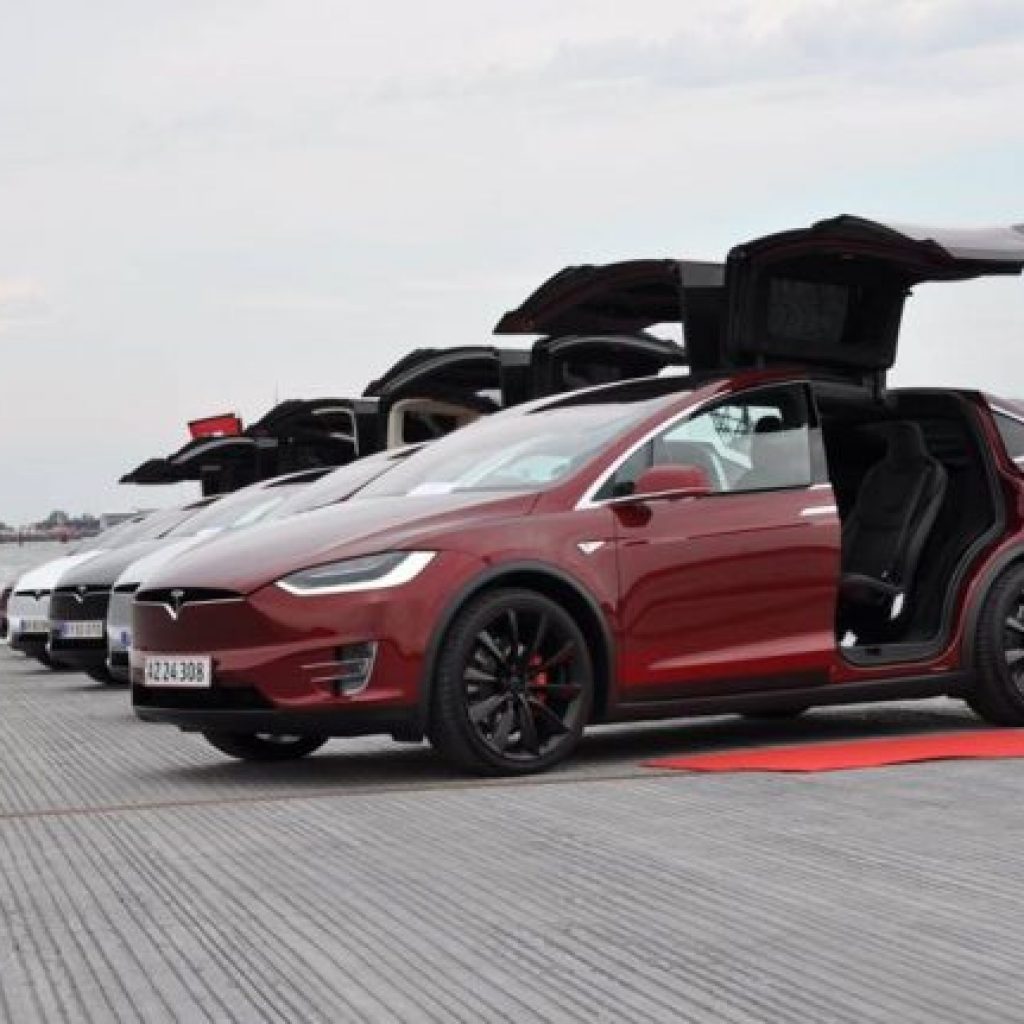
The fatal crash of a Tesla Motors Inc Model S in Autopilot mode has turned up pressure on auto industry executives and regulators to ensure that automated driving technology is deployed safely.
The first such known accident, which occurred in Florida in May, has highlighted tensions surrounding efforts to turn over responsibility for braking, steering and driving judgments to machines. It may delay the U.S. government’s plan to outline guidelines for self-driving cars this month.
The cause of the Model S crash is still under investigation by federal and Florida state authorities, which are looking into whether the driver was distracted before his 2015 Model S went under a truck trailer.
Advocates of automating driving point to research that shows 90 percent of accidents are caused by human mistakes. But machines can also make mistakes, or encounter situations they are not designed to handle.
In March, 20 automakers agreed with regulators to make automatic emergency braking standard on nearly all U.S. vehicles by 2022, a move that could prevent thousands of rear-end crashes annually.
But automakers have issued numerous recalls for problems with such systems. Honda Motor Co recalled nearly 50,000 Acura SUVs and cars in June 2015 because the system can apply the brakes when it detects a vehicle accelerating and is driving along a metal fence or guardrail.
On Wednesday, Foxx said the guidelines could take more time, and cautioned there are questions “that are probably unanswerable at this point.”
Hours before the crash became public knowledge on Thursday, U.S. National Transportation Safety Board Chairman Christopher Hart said driverless cars will not be perfect.
“There will be fatal crashes, that’s for sure,” Hart told the audience at the National Press Club in Washington, but added that will not derail the move toward driverless cars, even if the vehicles are not ready: “This train has left the station.”
Alphabet Inc’s Google unit and other companies are racing to get self-driving cars on U.S. roads. Google has logged about 1.5 million miles of test driving, but has not said when it would offer its technology for sale.
“We have a responsibility to get this out there as soon as we can and really as soon as we have data that says we’re better than the current system of flawed human drivers,” Google’s self-driving car CEO John Krafcik said last month in Washington.
